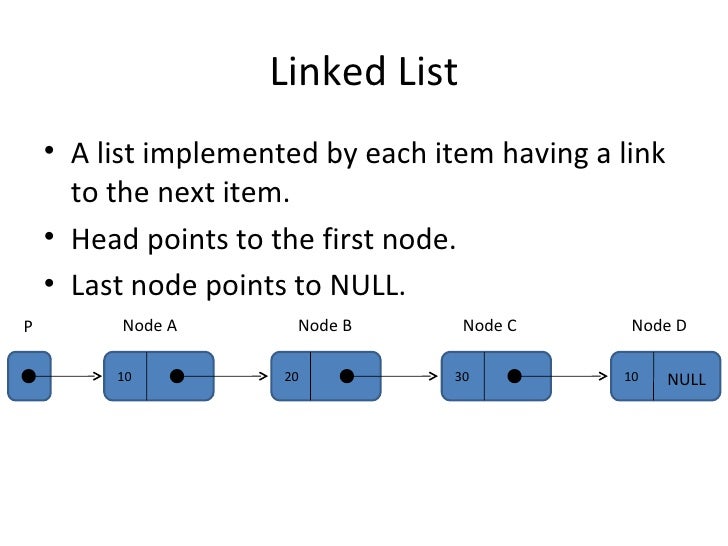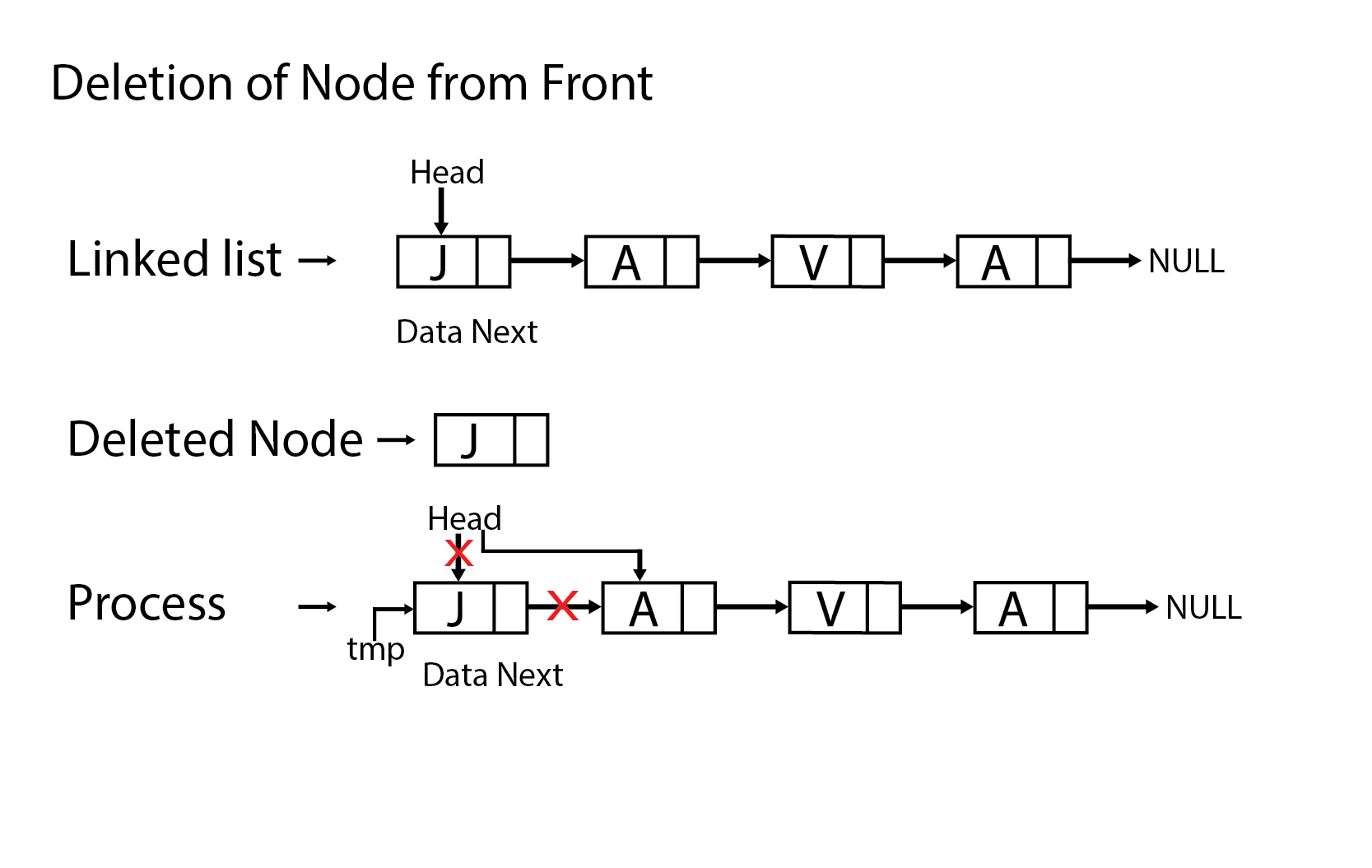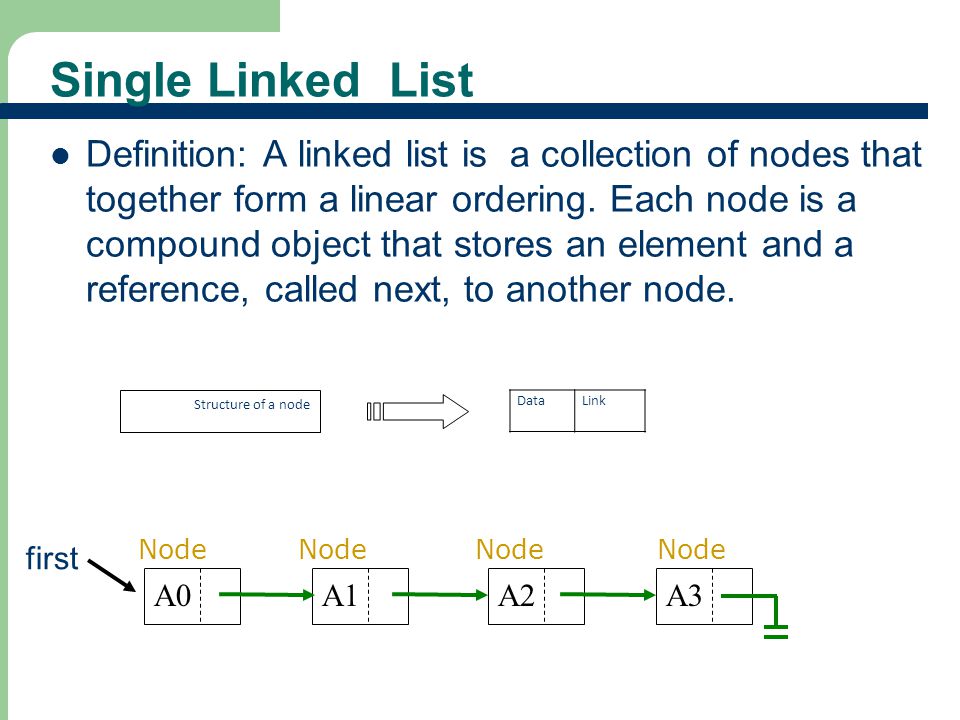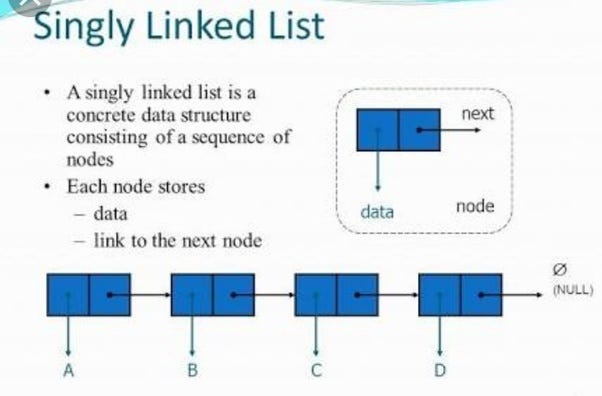Single Li Ked List In Python Presentation
| Introduction to Single Linked List in Python | ||
|---|---|---|
| A single linked list is a data structure that consists of a sequence of nodes. Each node contains data and a reference to the next node in the sequence. It is a dynamic data structure that can be easily modified and updated. | ||
| 1 | ||
| Creating a Single Linked List | ||
|---|---|---|
| To create a single linked list, we initialize an empty list with a head node. The head node contains the first element of the list and a reference to the next node. We can add elements to the list by creating new nodes and updating the references accordingly. | ||
| 2 | ||
| Traversing a Single Linked List | ||
|---|---|---|
| Traversing a single linked list means visiting each node in the list, one by one. We start from the head node and continue until we reach the end of the list. During traversal, we can perform various operations on the nodes, such as printing or modifying their data. | ||
| 3 | ||
| Inserting an Element in a Single Linked List | ||
|---|---|---|
| To insert an element in a single linked list, we create a new node with the desired data. We then update the references of the new node and the previous node to maintain the list's integrity. Insertion can be done at the beginning, end, or any position in the list. | ||
| 4 | ||
| Deleting an Element from a Single Linked List | ||
|---|---|---|
| Deleting an element in a single linked list involves updating the references of the neighboring nodes. We locate the node to be deleted and update the reference of the previous node to skip the deleted node. The deleted node is then removed from memory to avoid memory leaks. | ||
| 5 | ||
| Searching an Element in a Single Linked List | ||
|---|---|---|
| Searching for an element in a single linked list requires traversing the list sequentially. We start from the head node and compare the data of each node with the target element. If a match is found, we can perform further operations on the node or return its position. | ||
| 6 | ||
| Advantages of Single Linked List | ||
|---|---|---|
| Single linked lists have dynamic size, allowing for efficient insertion and deletion operations. They save memory compared to arrays as they only allocate memory for the data and the next node reference. Traversing a single linked list is faster than an array for large datasets. | ||
| 7 | ||
| Disadvantages of Single Linked List | ||
|---|---|---|
| Random access is not possible in a single linked list as we need to traverse the list sequentially. Extra memory is required for storing the next node reference in each node. Modifying or deleting a node in the middle of the list requires updating multiple references. Note: These slides provide a brief overview of single linked lists in Python. More in-depth explanations and code examples can be provided in a longer presentation or discussion. |  | |
| 8 | ||






